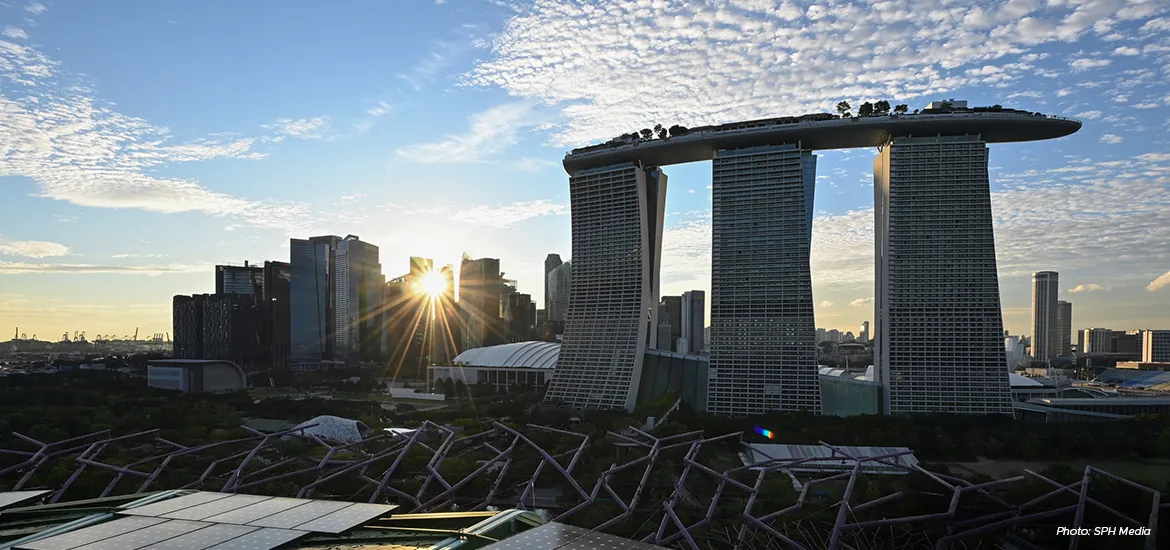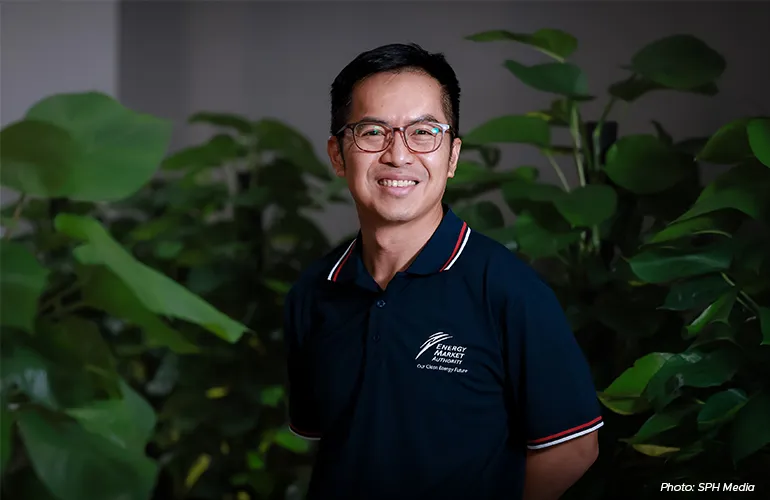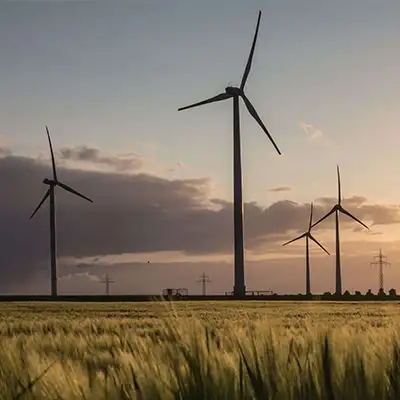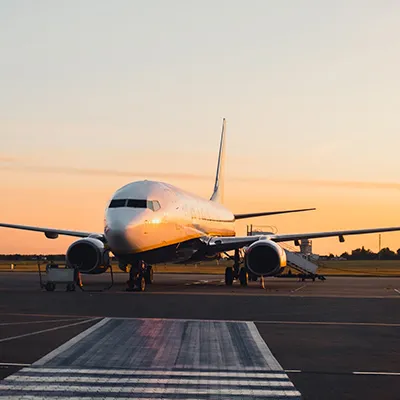Singapore’s growing appetite for imported renewable energy will help to lay the groundwork for the development of a regional grid in Southeast Asia, stimulating investments in renewable energy projects, and helping to grow the manufacturing sector to meet demand for solar panels and batteries.
Energy Market Authority (EMA) chief executive Puah Kok Keong said Singapore is willing to make the investments required to help the country tap renewable energy from its neighbours, which, in turn, forms the backbone of the ASEAN regional power grid.
Such a grid can improve interconnectedness within countries and incentivise investments in domestic renewable projects, he added.
According to the International Renewable Energy Agency, US$290 billion (S$380 billion) is needed for the region to boost renewable energy capacity to reach the ASEAN target of having 23 per cent of its energy produced from renewable sources by 2025. As at 2022, renewable energy made up 15.6 per cent of ASEAN’s energy supply.
“People have always recognised that there are benefits to having an ASEAN power grid. But the impetus to make this a reality today is much stronger compared with what it was 20 or 30 years ago,” said Mr Puah in his first interview with the media since taking the helm of Singapore’s energy regulator in July 2024.
The ASEAN regional grid, in the works for decades, made headway in 2022 when Singapore began importing 100 MW of hydropower from Laos via Thailand and Malaysia.
In October 2024, this was extended to another 100 MW of electricity imports from Malaysia’s grid, which comprises coal and natural gas, as part of the project’s second phase.
The renewed push for multilateral electricity trade comes as the region is hungry to decarbonise its growing economies, moving away from fossil fuels like coal and cutting planet-warming emissions to meet climate change targets.








